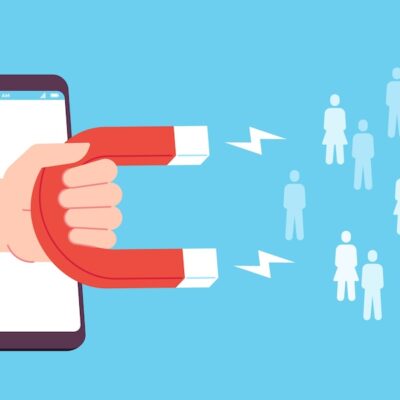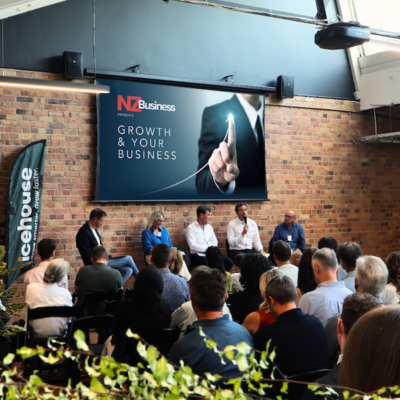Customer Excellence
New thinking for the New Year A New Year requires new thinking about how you interact with your customers. Dr Ian Brooks offers a powerful six-step process.As a new year […]
New thinking for the New Year
A New Year requires new thinking about how you interact with your customers. Dr Ian Brooks offers a powerful six-step process.
As a new year draws closer, it is worth remembering that next year your customers will expect even more value and better service. Once again, the bar will be raised and customers are punishing companies that fail to meet their rising expectations by taking their business elsewhere. You are about to enter a new era and this new era requires new thinking. Here are six ways you need to think differently in 2013.
1. It’s about the customer, always.
Stop thinking about your product and service, or making a sale, and start thinking about the customer. I mystery shop a lot of businesses and it is very easy to see staff primarily focus on their products and services or on making a sale. That is what they think and talk about. They spend very little time building a relationship with their customer or learning anything about them. Generally speaking, the customer is asked very few questions and those that are asked relate to the product the customer has requested. Your people probably have very good product knowledge. Imagine if they understood as much about their customers as they did about the products and services they are trying to sell. They would if they spent a little time getting to know their customers first.
2. Become a farmer.
Change your primary growth strategy from acquiring new customers to retaining existing ones. You know you lose some customers every year but do you know how many or what that ‘churn’ is costing you? You would not go out in a boat that had a hole in the hull unless you knew for certain it was a very small hole – and even then you would want to repair it as quickly as possible. But most of us ‘sail’ every day in a business with a hole in it and it does not seem to bother us. If you knew how many customers you were losing each year and what that is costing you, you might not be so relaxed about it. You would probably take the view that losing a single customer was unacceptable. You would almost certainly set a target around customer retention and you would develop a strategy for keeping your existing customers longer.
3. Focus on the customer experience.
Stop thinking about providing good customer service and start thinking about creating a great customer experience. Your customers do not just want to get a product or service from you. They want to enjoy the experience of doing business with you. We know the three most important things you can do to create a great customer experience are: make it easy for your customers to do business with you; be friendly; be helpful.
Manage this experience. Do not leave it to chance. What type of people do you need to hire to create a great customer experience? What has to happen at each ‘touch point’ for your customers to walk away saying, “Wow! That was easy. They were so friendly and helpful, too.”
4. Aim to make your customers successful.
Stop thinking about serving your customers and aim to make your customers successful. Most staff are order takers who see their role is to give their customers what they ask for. The trouble is, the customer often does not know the best solution to their problem and so they ask for the wrong product or service. Before giving your customer what they ask for, find out what they are trying to achieve and understand fully their problem. Do that and you may find you have a better solution than the one your customer asked for.
5. Turn your customers into believers
Stop aiming to satisfy your customers. Aim to turn them into believers. A customer is someone who makes an intellectual decision to buy from you, but a believer has an emotional attachment to your company. Consequently, unlike satisfied customers, believers are loyal. They will also be interested in buying your full range of products and services. They will be your biggest fans, telling others they should do business with you.
Some of your customers will be believers already. Who are they and what did you do to turn them into believers? Which other customers would also become believers if you treated them the same way?
6. Walk in your customers’ shoes.
Stop seeing the world through your eyes and start walking in your customers’ shoes. This does not come naturally. We have to teach ourselves by asking ourselves questions such as:
‘If I was the customer, what would I like to see happen?’ ‘If I was the customer, what decision would I like to see made?’ ‘If I was the customer, what would I want to hear?’
How can you get your staff to ask themselves those questions before they make a decision, take an action or even open their mouths?
Use the Christmas break to plan how you will help your team to understand why they cannot keep doing what they did last year. Plan how you will help them to change their thinking. Most importantly, help them to work out how this new thinking will change what they do when interacting with your customers. This should ensure 2013 is a great year for both you and your customers.
Dr Ian Brooks is a leading expert in customer care. www.drianbrooks.blogspot.com. Ian would like to know what you think of this column. Please provide feedback at www.tellsimon.co.nz.






